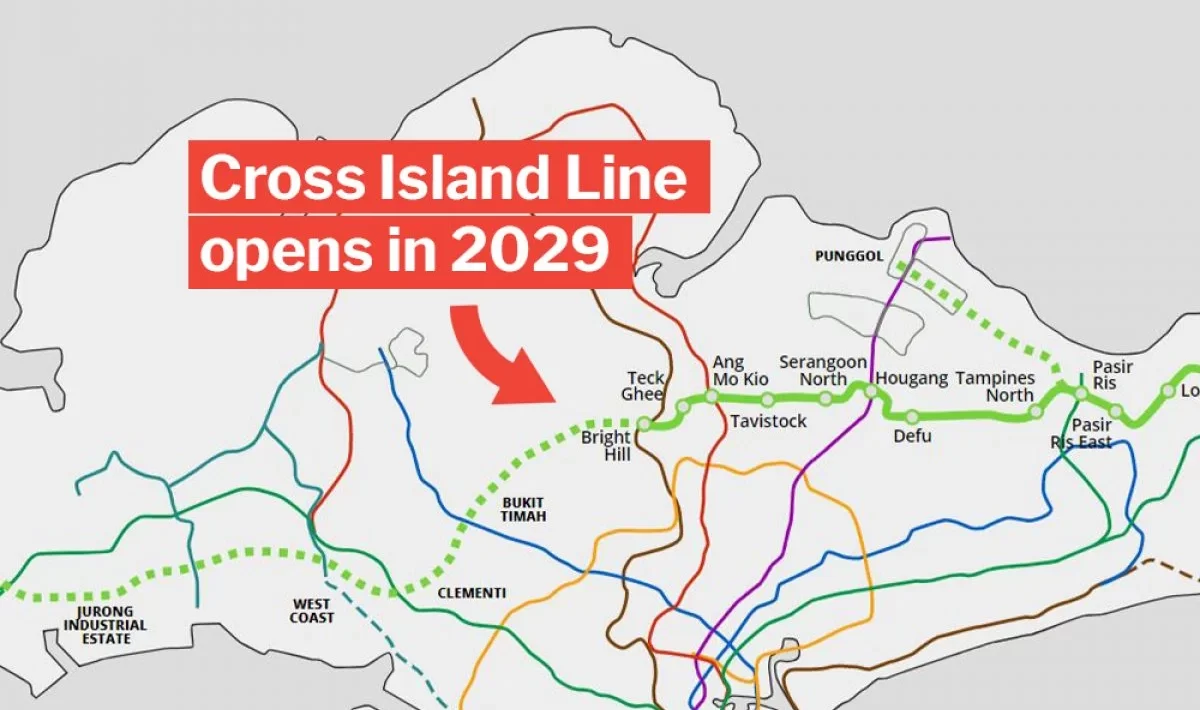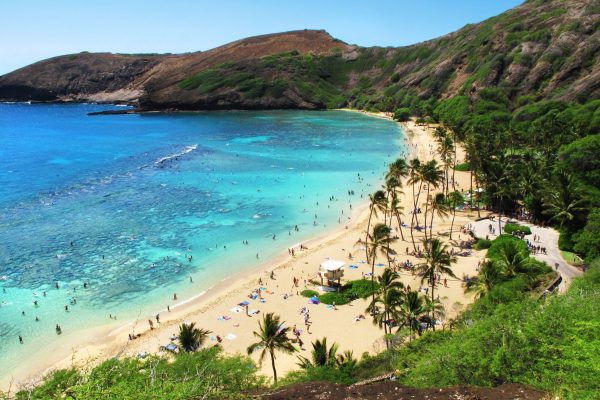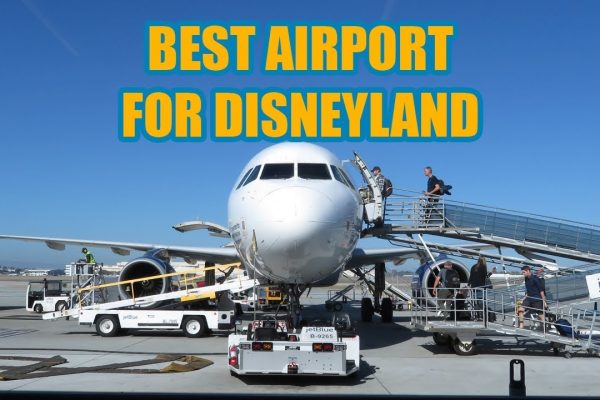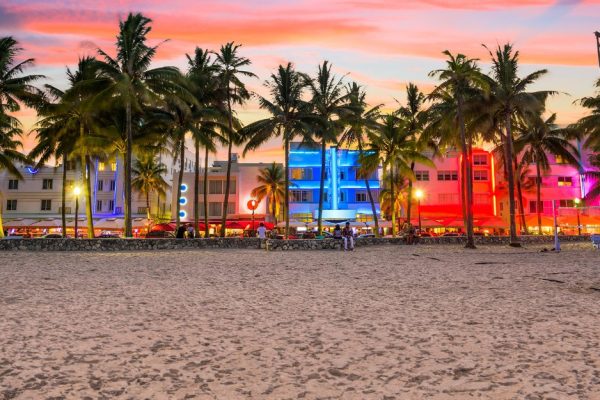Introduction
The cross island line is the first MRT line to open in Singapore. It connects Jurong East and Tuas Link stations in the west with Woodlands North, Woodlands South, andollies stations in the east. The total number of stations on the CRL is 19, including seven interchange stations. There are plans to extend it to West Coast next year. The CRL will be extended to West Coast next year; planning for extensions to Xilin in 2028 and Changi in 2030 are underway too.
Cross Island Line operates two north-south rapid transit lines in Singapore, the North-South Line (NSL) and the Circle MRT Line. They were built to ease the population congestion on the existing North-South Line and to enable convenient travel across both sides of Singapore.
History of cross island line
Transport Minister Lui Tuck Yew first revealed the Cross Island Line on January 17, 2013. The line was supposed to start at Changi on Singapore’s eastern coast and travel through the country’s major eastern towns, including Pasir Ris, Hougang, and Ang Mo Kio, in order to relieve congestion on the East-West Line.
It would continue west from here, passing through Bukit Timah, Clementi, and West Coast, before ending in the Jurong Industrial Estate. The main line was to be connected to Punggol by a branch line. The line was slated to open in 2030 and be 50 km long. In May 2013, research on the Cross Island Line got underway.
Cross Island line is a rapid transit line of the Seoul Metropolitan Subway. It is currently operated by Seoul Metro Line 1 (red) between Sangbong-dong in southern Seoul and Soryang Station in southeastern Seoul. The line’s color on maps is red, but it is orange, like most other trains and stations on the system.
Therefore, it has four stations and provides service every 12 minutes during peak hours up to 60 minutes off-peak, taking approximately 18 minutes to complete a single round trip between Sangbong-dong and Soryang Station.
Phase 1 of cross island line
The CRL Phase 1 alignment was unveiled by Transport Minister Khaw Boon Wan on January 25, 2019. From Aviation Park station to Bright Hill station, a distance of 29 kilometers (18 mi), there are a total of 12 stations along this section of the railway. To accommodate the line, a brand-new 57-hectare Changi East Depot was planned. The initial phase of CRL was supposed to be finished in 2029.
Phase 2 of cross island line
The LTA demonstrated a future system plan in a simulated presentation in December 2021 that included a series of 11 nameless stations on the western end of the CRL.
The western stretch, which included King Albert Park, Clementi, and Jurong Pier, connected to both completed and unfinished stations, according to the map. The terminus of the railroad was mentioned as Gul Circle station. Both the map and the web presentation have been inaccessible ever then.
The LTA asserts that the interchange stations are merely “conceptual alignments” and that the route is just a hypothetical one. On September 20, 2022, Transport Minister S. Iswaran approved the stations for Phase 2 of the CRL. (hotcanadianpharmacy.com) It is planned for 2032 for the 15.3 kilometers (9.3 miles) section between Turf City station and Jurong Lake District station to be completed. It is predicted that work on these stations will start in 2023.
Phase 3 of cross island line
The Straits Times predicted that the CRL’s civil development might be completed at the end of 2033 and that operations might start in 2034 or even later, in February 2022, based on the tender documents.
There will be three phases involved in finishing the CRL. The LTA asserts that the precise timeline will be known at the end of the thorough engineering examinations.
The lengths of the second and third phases should be 14 and 13 km (8.7 and 8.1 miles), respectively. The five expected stops on the Phase 3 route will be interchanged at the planned stations for CR21 and CR24 on the Jurong Region line. Some other shell stations could be constructed to extend the length. For the following phases, engineering research is currently being conducted.
There are plans to extend it to West Coast next year
The extension to West Coast will be completed in 2020 and used for express trains. It’s scheduled to open in 2023, but there have been delays due to land acquisition issues.
On the East-West Line (E-WL), there are plans for an extension from Dhoby Ghaut station to Jurong East station. This would enable commuters living along the north-south corridor between Tanjong Pagar and Bukit Batok stations to access central Singapore via this new E-WL line easily.
The current E-WL service operates at 30 km/h during peak periods and 24 km/h during off-peak hours, so train frequency has been reduced by 50% since its opening in 2012 due to its limited capacity compared with its predecessor SLEX, which ran at 100kmph before being dismantled during construction works on Marina Bay Link Bridge (MBLB).
The cross island line is an important development in Singapore
The cross island line is an important development in Singapore’s transportation infrastructure. It will connect people and neighborhoods, helping to create a more connected and vibrant community while allowing commuters to travel conveniently and quickly around the island. Currently, it is built on an elevated railway track that runs between Jurong East and Tuas Link, with stations at Tuas Road, Changi Airport, and Tuas Link.
Cross Island Line will be the first fully integrated public transport system in Singapore connecting different points of access on Singapore’s East Coast Line (SENL), North-South MRT line (NEL) & East-West MRT line (EWL). This will provide faster transportation options to travel from one part of Singapore to another, thus improving your daily routines and helping you stay connected with friends and family back home who live far away from each other.
Also Read: Crystal bases
Conclusion
The cross island line is an important development in Singapore’s transportation infrastructure. With four new lines set to open over the next few years and more planned for the future, we can expect them all to complement each other by providing better connectivity between our various locations.





